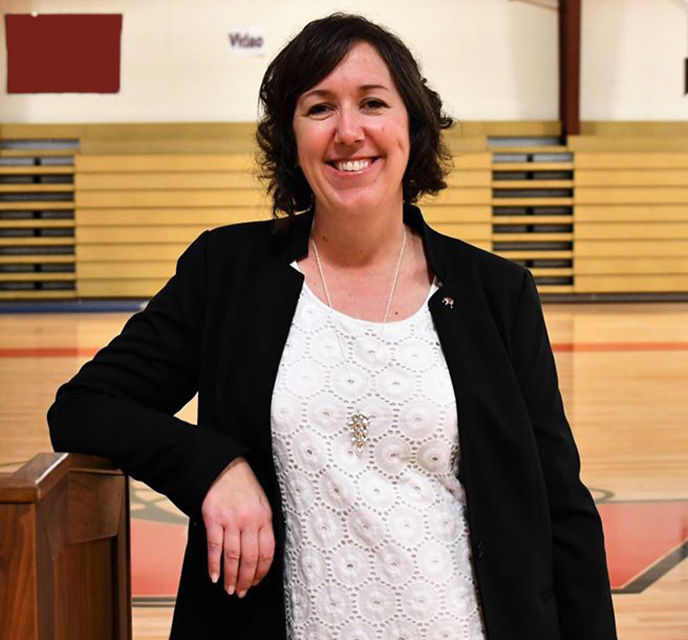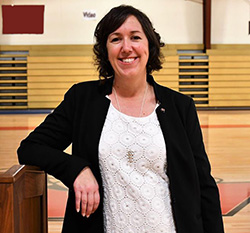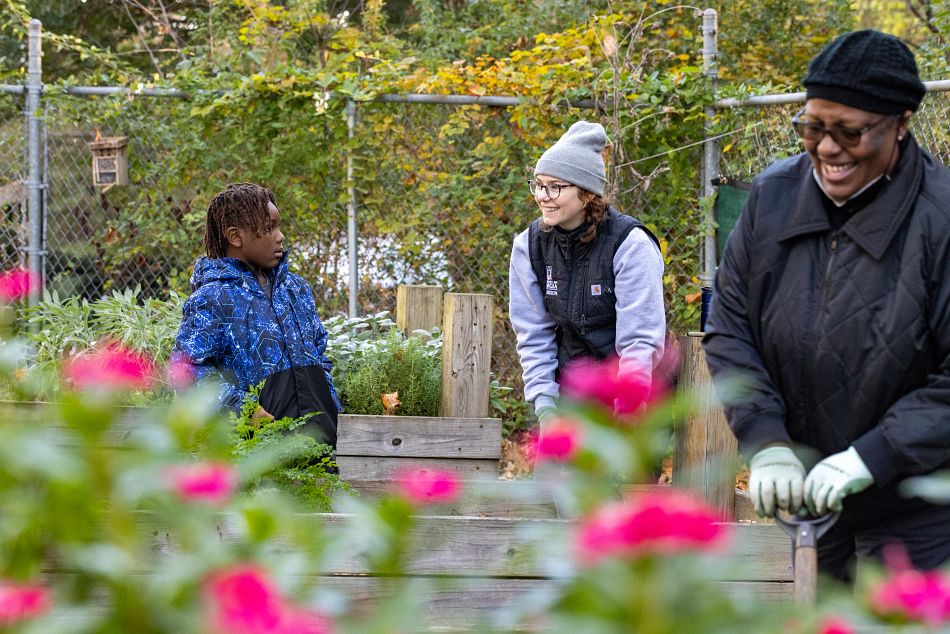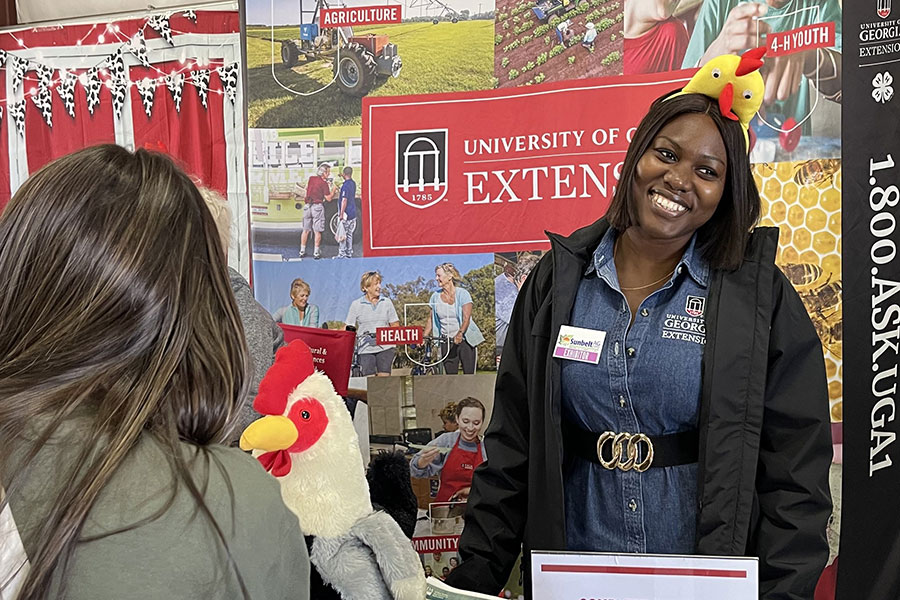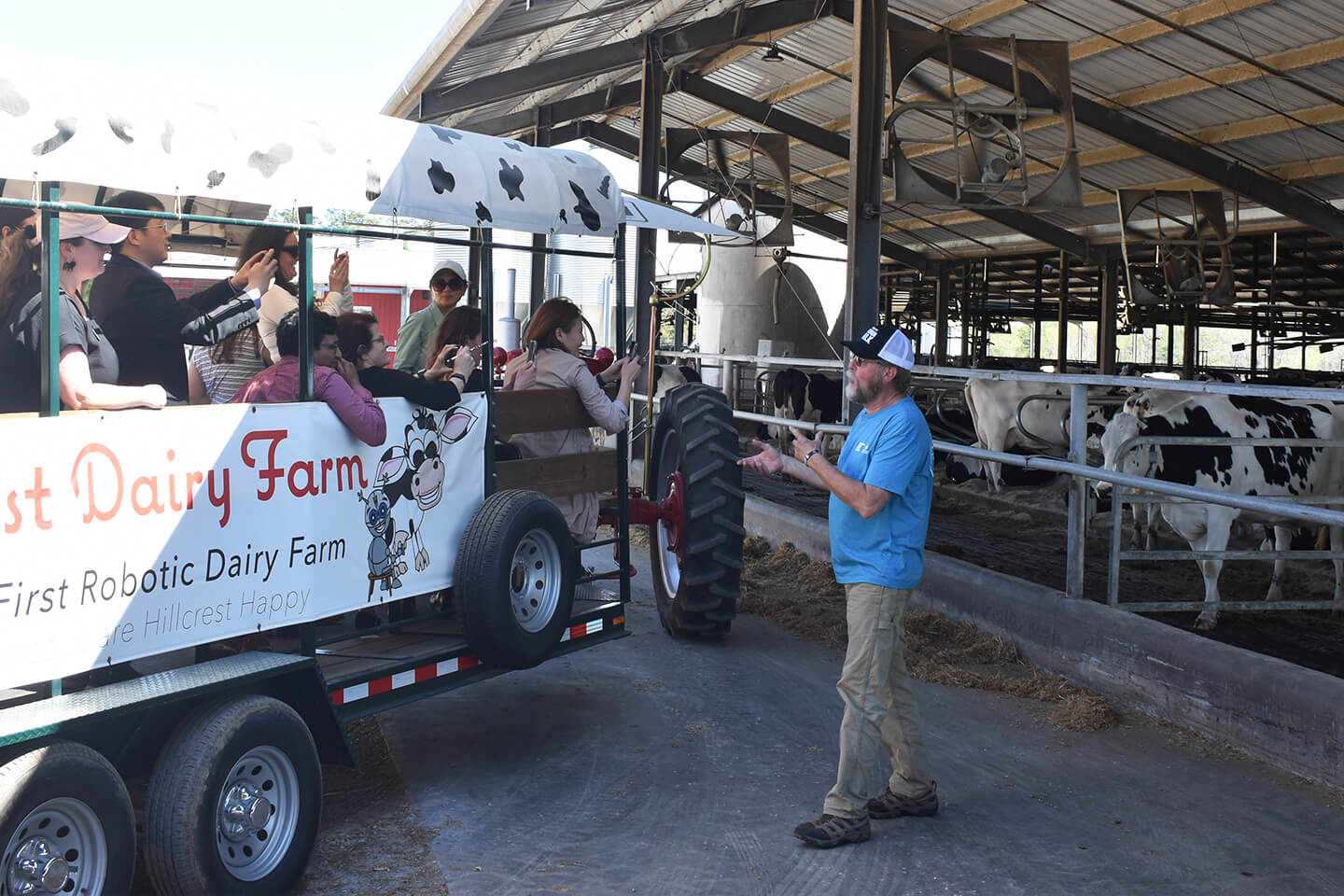Even if they’re born of the most exemplary research, innovative indoor plant propagation technologies aren’t beneficial if they are too costly to use.
That is the simplest distillation of a new article published in the journal HortTechnology focused on identifying the indoor plant propagation research and education needs of specialty crop producers. The study was the result of a partnership between University of Georgia Associate Professor Alexa Lamm and several researchers in the Department of Environmental Horticulture at the University of Florida.
The study was funded by a grant from the U.S. Department of Agriculture’s Specialty Crop Research Initiative (SCRI) intended to strengthen relationships between growers and researchers so that scientists are doing the right research and outreach, focusing and advancing industry needs based on grower input, said Lamm, who focuses on science communication in the College of Agricultural and Environmental Sciences (CAES). “The study is a good example of the work I do in partnership with other faculty to strengthen the agricultural sector through communication.”
While indoor farming is more widely used in other countries, economic and knowledge-based challenges must be addressed for indoor propagation facilities to be viable in the U.S. despite their potential benefits, according to the study.
In collaboration with principal investigator Celina Gómez, an assistant professor of controlled environmental horticulture with the University of Florida Institute of Food and Agricultural Sciences, Lamm designed the data collection methodology and surveys and analyzed the data collected to inform the development of an upcoming, multimillion-dollar SCRI grant proposal for a five-year research study on indoor plant propagation.
“We wanted to make sure that we address stakeholder concerns so we can pursue research that is usable,” said Lamm. “There are many different areas of research that could be focused on — from irrigation technologies to lighting and pest management to energy consumption and water-use recycling. There has been a lot of research done on indoor plant propagation of leafy greens in other countries, but it has not been economically viable in the United States, which is why it has not been widely adopted here.”
Rather than focus on propagating traditional crops indoors, this study focused on growing specialty crops that may require adjustments to traditional agricultural methods.
According to study data, industry participants were largely motivated to adopt indoor propagation environments to reduce crop losses, increase productivity per unit of land area, ensure faster germination or rooting, improve plant quality, and profit from anticipated economic benefits.
Lamm identified research and education priorities for industry members, including economic costs and benefits like capital investment and energy costs, improved crop quality, production time, uniformity, reduced shrinkage, and strategies to improve light management indoors.
Based on those factors, research efforts must determine and prioritize the most important economic considerations and production advantages to fill important gaps in knowledge about indoor plant propagation. This is not only on the part of producers, but also on those industries that will provide specialized equipment and technologies to make indoor propagation efficient, effective and economical.
“We had representation from stakeholders all over the U.S. who are dabbling in or who have begun indoor propagation to determine where they need research to help further indoor propagation across important emerging specialty crop markets,” Lamm said.
Pairing social scientists and science communicators who can capture the essence of the needs of the producers and translate that into terms that a bench scientist can use to design their research programs can ensure that the innovations coming from studies is adoptable and useful in the marketplace.
“Bench scientists take a lot more time putting together complex research protocols resulting in emerging technologies, but if they don’t take the economic aspects of it into consideration, there will not be adoption of any of their scientific breakthroughs. They need to have economists working side by side with them as they pursue new research and innovations. They need the economic modeling of cost and the effectiveness of integrating that innovation into a viable system,” Lamm said. “This is the missing piece that social scientists can contribute that can influence agricultural advancement on a global scale.”
The full study is available at journals.ashs.org/horttech/view/journals/horttech/horttech-overview.xml. For more information on the CAES Department of Agricultural Leadership, Education and Communication, visit alec.caes.uga.edu.

